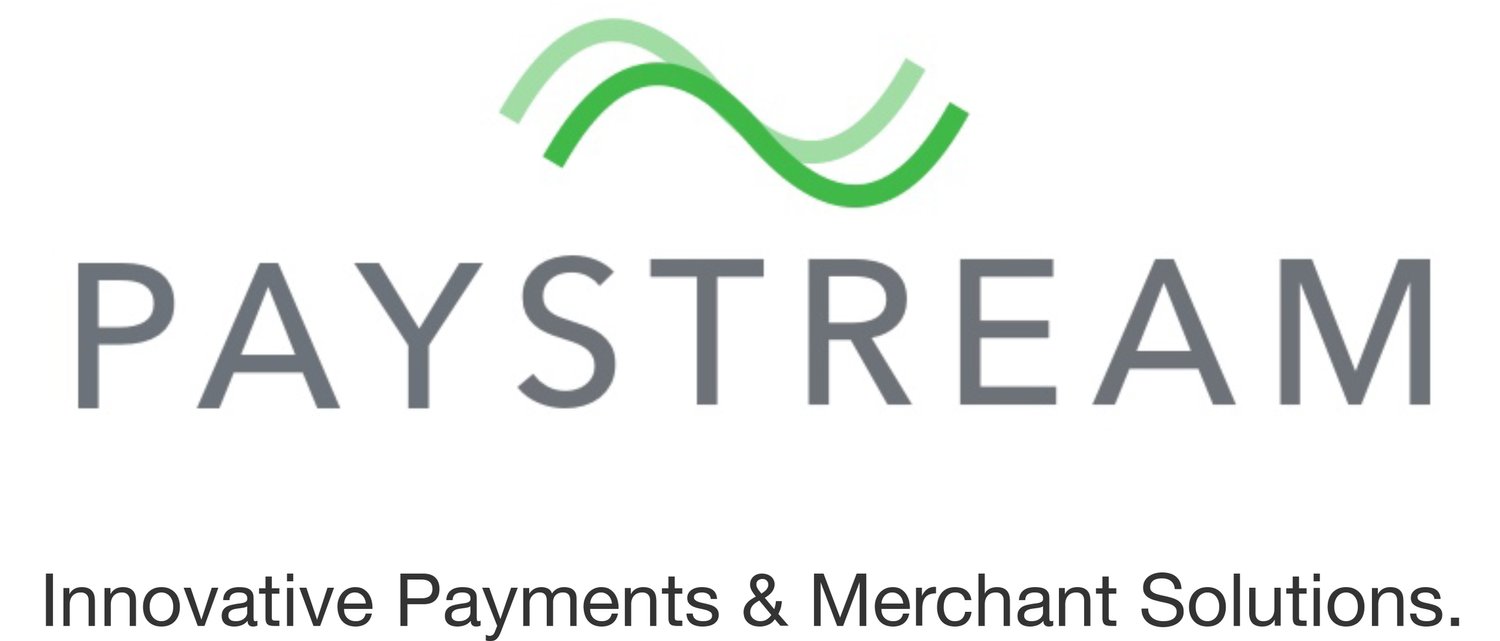Level III Processing: A Game-Changer for B2B and B2G Transactions
As business owners, we're constantly seeking avenues to optimize costs and enhance efficiency. One such avenue, often underutilized, is Level III credit card processing—a sophisticated feature tailored for Business-to-Business (B2B) and Business-to-Government (B2G) transactions. By providing detailed transaction data, Level III processing streamlines operations and significantly reduces interchange fees.
What is Level III Processing?
Credit card transactions have three levels or categories based on the amount of data provided:
Level I: The most basic utilizes standard data for consumer transactions.
Level II: A step up, additional details are collected that are suitable for B2B transactions, including tax amounts and customer codes.
Level III: The most comprehensive data encompassing line-item details such as product descriptions, quantities, unit prices, and more are required. This level is specifically for B2B and B2G transactions.
By submitting Level III data, businesses can qualify for lower interchange rates, leading to substantial cost savings.
Why?
Level III data qualifies for better rates because it provides greater transparency and reduces risk for card-issuing banks. By including detailed transaction information, Level III processing helps verify the legitimacy of high-value transactions, reducing the likelihood of fraud and chargebacks. Because this added data lowers the risk for the banks, they reward businesses with lower fees.
If your business already collects this level of transaction detail but isn't using Level III processing, you're essentially leaving money on the table by paying higher fees than necessary. Switching to Level III processing ensures you're maximizing your cost savings.
Level III Processing Matters
For businesses dealing with high-value items or regular or recurring payments, interchange fees can accumulate quickly, negatively affecting profits. Level III processing addresses this issue by:
Reducing Interchange Fees: Detailed transaction data allows businesses to benefit from lower rates, often saving up to 1.5% per transaction.
Enhancing Transaction Transparency: Comprehensive data reduces the likelihood of disputes and chargebacks and builds trust.
Improving Reporting and Compliance: Keeping detailed records helps improve financial reporting and ensures compliance with industry regulations.
Level III Processing Makes Sense For:
Manufacturers: Typically, they are already handling bulk orders with detailed invoicing requirements.
Wholesalers: Most manage large-volume sales to various business vendors and clients.
Government Contractors: Engaging in transactions with government agencies that demand detailed purchase information.
Professional Service Providers: Billing clients for detailed services rendered from construction to healthcare, many professional services could benefit from Level III processing.
These transactions' high value and volume mean that even a small fee reduction can result in significant savings.
PayStream's Unique Offering
While Level III processing presents clear benefits, not all merchant service providers facilitate this feature due to its complexity. PayStream offers seamless Level III processing solutions, ensuring clients reap the associated advantages without the typical hassles.
By partnering with PayStream, businesses gain access to tailored solutions that reduce costs and enhance operational efficiency.
In the competitive world of B2B and B2G commerce, utilizing Level III processing can be a smart strategy to enhance payment processes and achieve significant cost savings. With PayStream's expertise and dedication to client success, integrating Level III processing becomes a simple and beneficial undertaking.
FAQs About Level III Processing
1. What makes Level III processing different from Level I and II?
Level III processing requires detailed transaction data. This data includes product descriptions, quantities, and tax amounts, which helps businesses qualify for lower interchange fees. This level is specifically designed for B2B and B2G transactions, unlike Level I (standard consumer purchases) and Level II (limited business transaction data).
2. How much can my business save with Level III processing?
Businesses using Level III processing can save a lot, up to 1.5% per transaction by qualifying for lower interchange fees. These savings add up quickly, especially for businesses handling large-ticket transactions or high transaction volumes.
3. What types of businesses benefit most from Level III processing?
Any business that regularly processes large invoices or recurring payments can benefit from the cost savings. Level III processing is ideal for manufacturers, wholesalers, government contractors, and professional service providers of all kinds.
4. Why don’t all payment processors offer Level III processing?
Not all payment processors offer Level III processing because it requires additional setup and compliance with strict data requirements. PayStream specializes in helping businesses access these savings without the hassle, making the process seamless and efficient.
5. How can my business get started with Level III processing?
Getting started with Level III processing is easy with PayStream! We handle the setup, ensure compliance with data requirements, and optimize your payment system to maximize savings. Contact us today for a free consultation and cost-savings analysis.


